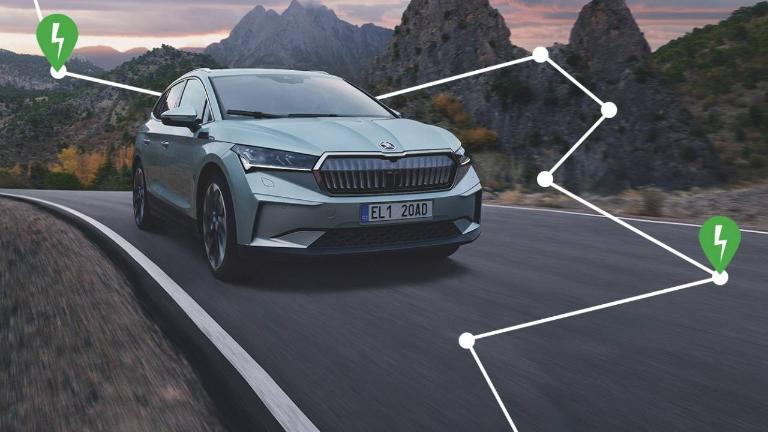How is the range of electric cars measured?
The range of electric cars is always a hot topic. Just as with combustion engines, official figures provided by manufacturers are based on the WLTP cycle, an equal standardized process. Here's how it works and what are the differences with real life driving on the road.
The range and consumption of cars, whether ICE or electric, have always been a topic of debate. The discussion often comes down to how “realistic” the range figures given by manufacturers are, because in real use drivers encounter different values. These discrepancies depend on a number of factors that are not entirely predictable and, above all, beyond the control of car manufacturers.
Manufacturers are required to report fuel consumption and range according to a standardized homologation cycle. In the past, this was the NEDC cycle, while today the WLTP (Worldwide Harmonized Light Vehicles Test Procedures) cycle is used.
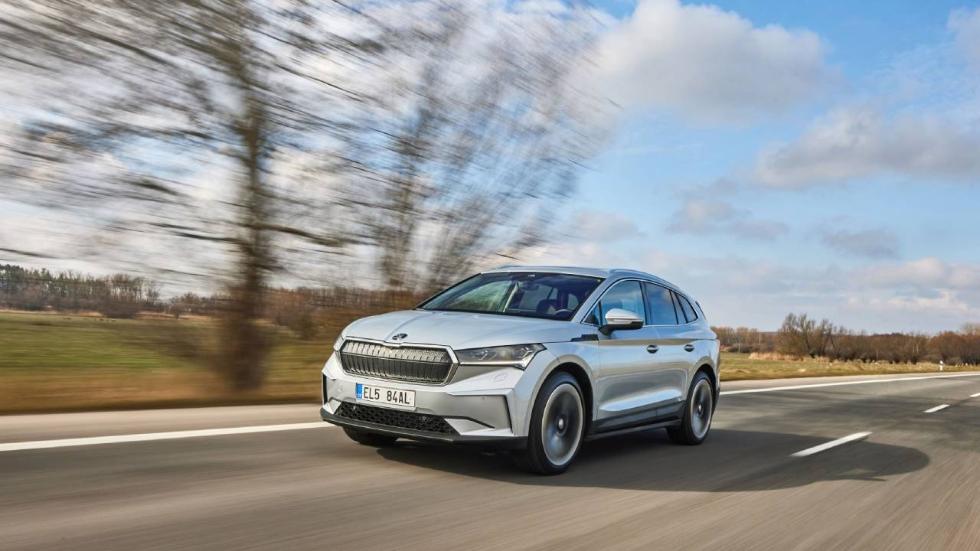
Realistic data
The WLTP cycle was introduced mainly to make the claimed range or fuel consumption values closer to the reality that users can achieve. Compared with the old NEDC, the WLTP includes higher speeds (up to 135 km/h and a higher average overall speed), is more dynamic, and takes more account of the car's actual weight - for additional equipment compared with base versions, the manufacturer in fact has to test consumption and range or recalculate it in the prescribed way.
WLTP cycle
What does the WLTP consist of? Simply put, it is a set of test procedures used to homologate vehicles. It consists of a laboratory WLTC (Worldwide Harmonized Light-duty Vehicle Test Cycle), and a practical real-world driving test known as RDE. The WLTC phase lasts 30 minutes, during which the car is driven on rollers for 23 kilometers at an average speed of 47 km/h. The cycle has four phases of varying intensity, from lowest to highest, in which the car exceeds a speed of 130 km/h; all this takes place at a temperature of 14°C and with the air conditioning off. The situation of stopping in traffic is also taken into account, which means that the car spends 13% of the time stationary.
The WLTC cycle remains a laboratory exercise, which is such to ensure that the reported data are comparable. This gives customers a way to compare range and consumption not only between models from the same car manufacturer, but also between cars of different brands. Highly likely, better WLTP range will correspond to better actual range in practice.
RDE Cycle
RDE stands for Real Driving Emission, a procedure that measures a car's actual emissions in real traffic, which is where the test takes place. The car is fitted with special equipment to measure emissions, and driving does not have strict rules as in a laboratory cycle. The driving time should be between 90 and 120 minutes, the route must be equally divided between different types of roads ( city, country road, motorway) with a motorway speed of no more than 145 km/h. For air temperature, a range of 0 to 30°C is allowed, air conditioning is on, and the maximum altitude during the test is 700 meters, with a total altitude difference of no more than 100 meters. The fuel consumption or emissions monitored during these practical tests must not exceed 1.5 times the values reported in the laboratory. In any case, the main purpose of RDE tests, is to detect emissions of pollutants (nitrogen oxides, soot, etc.).
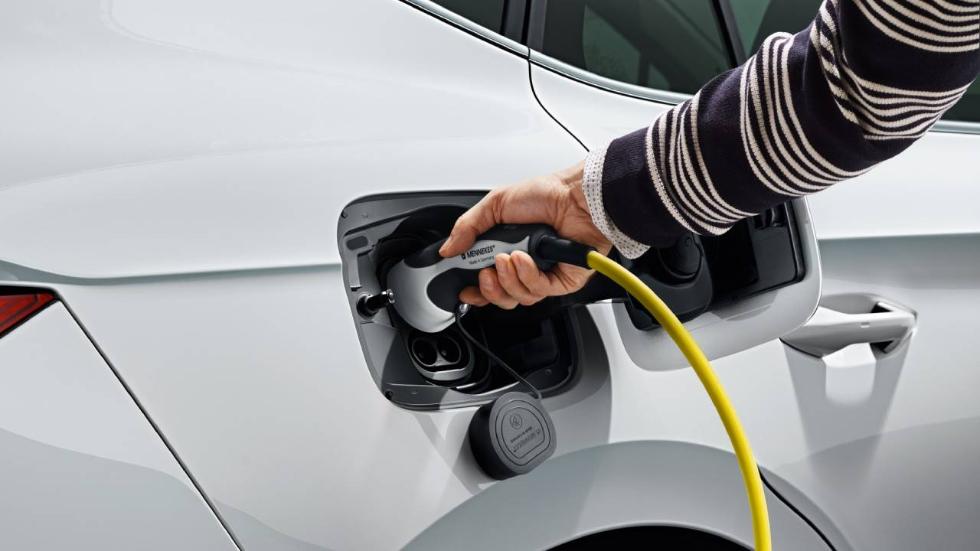
Theory vs. practice
Consumption and range data measured and validated in the homologation cycle are different from those obtained in actual use. "This difference comes from four categories of reasons. The first is the physics of the car, i.e., aerodynamics, weight, and tire rolling resistance; the second is environmental conditions, i.e., weather and outside temperature; the third is the user's driving style; and the last is the road profile, which can often be more demanding than the test track", explains Jan Beneš, who is in charge of test cycles at ŠKODA.
"In general, smooth and anticipative driving without hard acceleration, on a warm, windless day, on a flat road and with a car unloaded with people and luggage, results in lower consumption", Beneš adds.
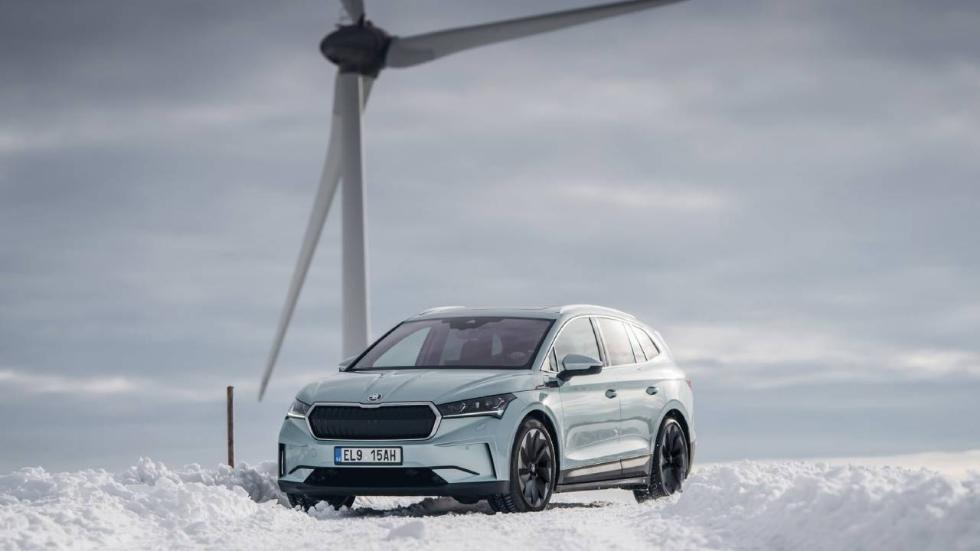
Heat, cold and batteries
These ideal conditions rarely occur, but when they do, the car can consume even less than the approved figure, as has been shown by many tests in specialized magazines, many eco- rallies, and several record attempts. The reality, however, is different and almost always the cars' consumption increases compared to the declared values.
As for electric cars, consumption is more affected by temperature than cars with internal combustion engines. Temperature affects both battery performance and the need to heat or cool the interior - and the latter is not taken into account in the test cycle.
The ideal working temperature of the cells that make up a battery is between about 10 and 35 °C. At higher temperatures, the cooling system is activated, which consumes electricity, and if temperatures drop, the chemical processes in the lithium-ion cells slow down. This slowdown reduces the battery's charging and discharging capacity, which in turn results, for example, in reduced energy recuperation during braking. If the temperature drops below freezing, the battery must be heated, which also requires energy.
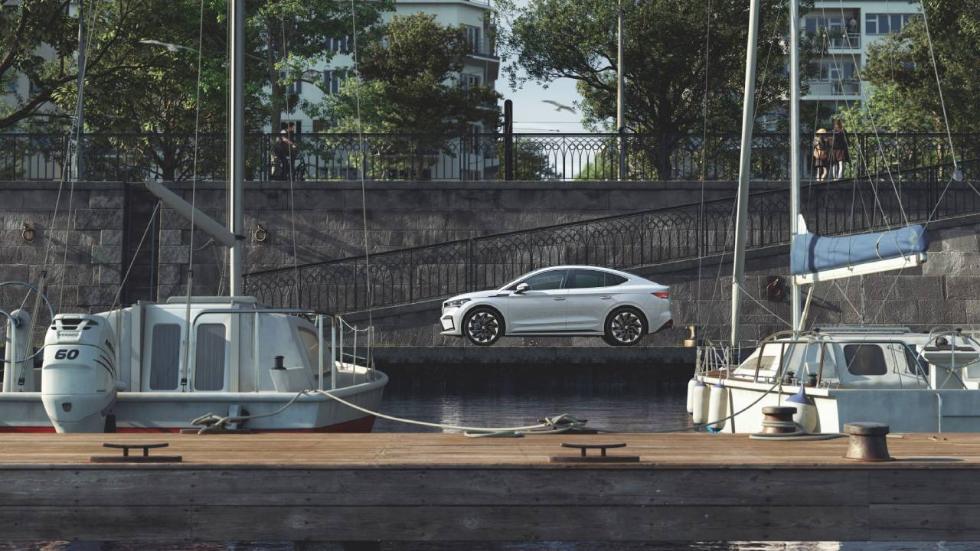
Climate control and driving style
Other elements to consider are air conditioning and heating. "Sunny spring or autumn weather is ideal for an electric car, when the sun has enough energy to heat the interior and the battery does not require active heating or cooling", adds Beneš. Of course, battery performance is also affected by driving style: repeated hard acceleration or hard braking overheats the battery, which then needs to be cooled, even if it is cold outside. And high driving speeds also have a marked effect on consumption.
ŠKODA has developed a tool that calculates, in an indicative way, the range of its 100% electric models based on various parameters, selectable by the user: season, type of roads driven, driving style, number of people on board and desired temperature in the interior.
Source: ŠKODA
VGI | Responsible OU: VP | Creation date: article date | Class 9.1
